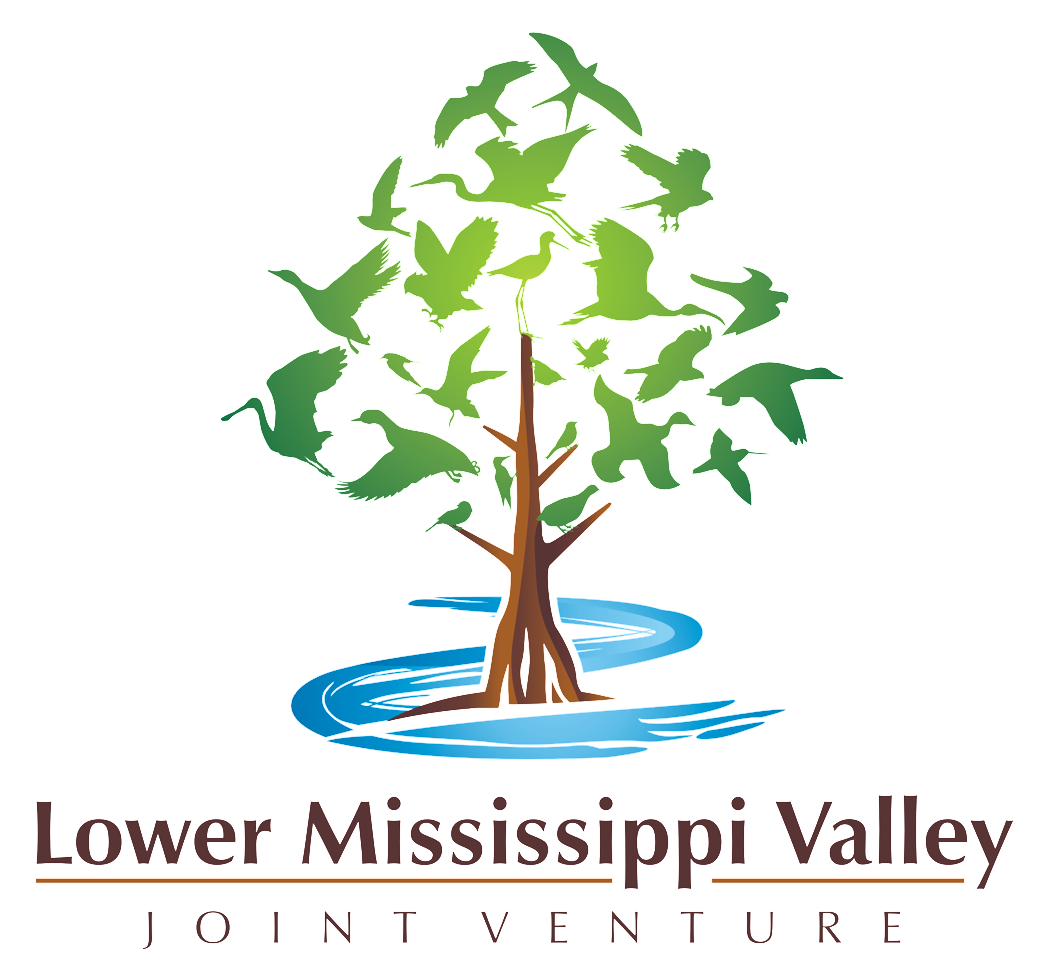The "JV" Update to the Southeast Conservation Blueprint
Version 2022 of the Southeast Conservation Blueprint, released Oct 2022, now incorporates four Lower Mississippi Valley Joint Venture (LMVJV) decision support tools. The Southeast Blueprint is the primary product of the Southeast Conservation Adaptation Strategy, a regional conservation partnership that spans the Southeast United States and Caribbean. The Blueprint identifies priority areas based on a suite of natural and cultural resource indicators representing terrestrial, freshwater, and marine ecosystems. Across most of the region, a connectivity analysis identifies corridors that link coastal and inland areas and span climate gradients. For the first time, this Blueprint update used consistent methods and data Southeast-wide, rather than stitching together many different subregional plans, which provided an opportunity to include more data from Joint Ventures and other conservation partnerships.
The Southeast Conservation Blueprint 2022 in the LMVJV
Blueprint 2022 uses as indicators the LMVJV's reforestation and protection priorities for Mississippi Alluvial Valley breeding birds, as well the forested wetland and open pine decision support models for the West Gulf Coastal Plain and Ouachitas region. In addition, it includes the East Gulf Coastal Plain JV's prioritization of areas for open pine ecosystem restoration, probable playas data from the Playa Lakes JV, and the mottled duck decision support tool developed by the Gulf Coast Prairie Landscape Conservation Cooperative. This suite of indicators has significantly improved how well the Blueprint captures important areas for conservation action to benefit priority bird species in the Gulf and across the Southeast. SECAS hopes that including these data in the Blueprint will help promote these JV tools and ensure that efforts to connect lands and waters regionwide will align with the work of the JVs and their partners.
Because the Blueprint is a living plan that is regularly updated through an iterative revision cycle, it will continue to incorporate future updates and new bird models to further improve the integration of Joint Venture priorities in the future.

